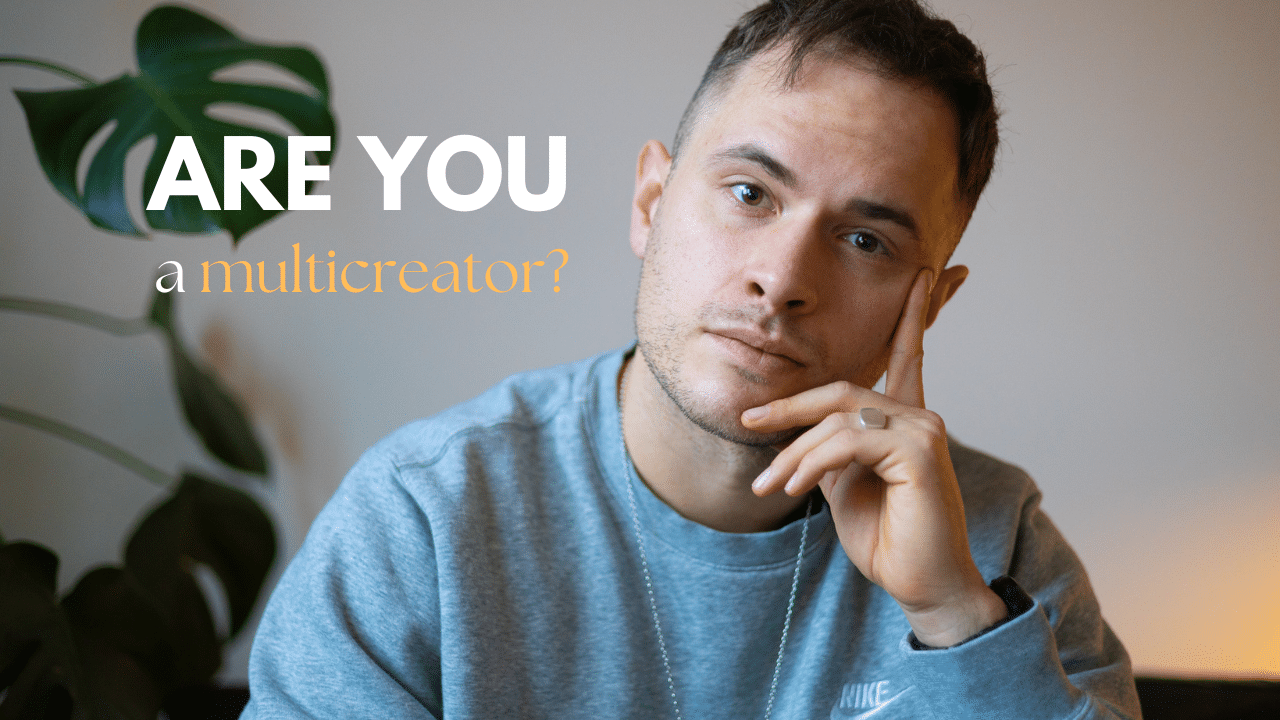How to Make a Short Film on a Small Budget
If you’re wondering how to make a short film but have limited resources, you’re in the right place. Making a…

If you’re wondering how to make a short film but have limited resources, you’re in the right place. Making a…

Dreaming of a freelance acting career? This Is Not a “How to Get an Agent” Guide. Neither is it one…

Have you ever experienced an ego death? I have – and for me, it usually begins with a slow, creeping…

You’re a writer or a filmmaker. Or someone who aspires to become one. You want to come up with an…

What Is Generative Fill (Extend) in Premiere Pro? Ever been stuck in your edit, because you are missing a few…

Dreaming of making your own feature film? Unless you want to work your way up the ladder for years. Hoping…

Have you ever jumped right into writing your screenplay? Only to find yourself confused about the structure later on. This…

Looking to create a beautiful analog look from your digital footage? I tested all of the free film grains overlays,…

“Make friends with change” The quote comes from a TV interview with an actor, I picked up as a kid….

Introduction “Jack of all trades, master of none!” In order to become really good at something, you have to niche…